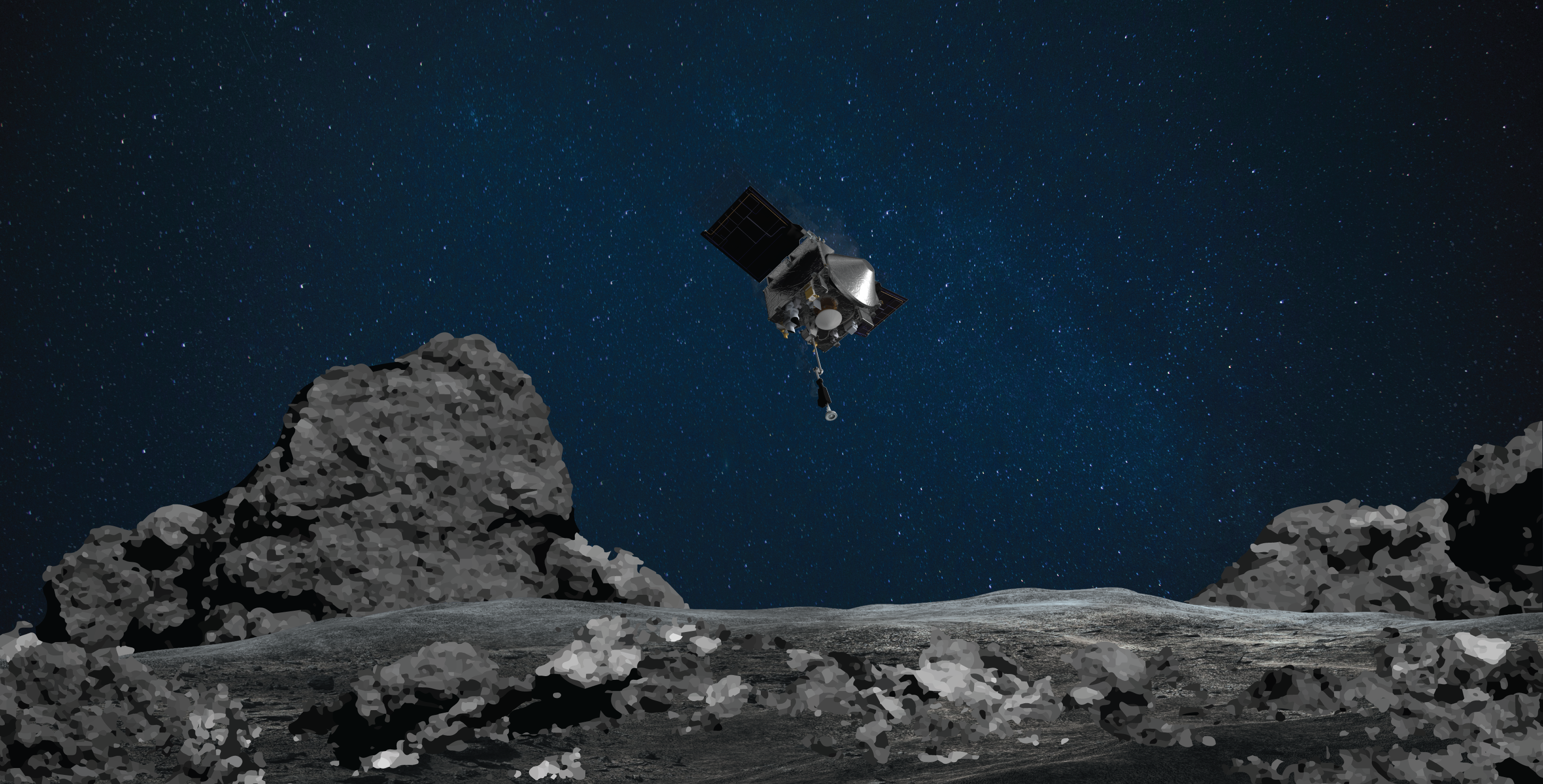

In the midst of the Cold War, NASA (National Aeronautics and Space Administration) began in 1958 as a response to the Soviet Union’s launch of the first satellite, Sputnik 1. Less than a year later, NASA’s first mission was to launch the first American satellite into space, Explorer 1, in January of 1958. This would be the one of the first events to spark the infamous “Space Race”, leading the United States on a mission to put the first man on the moon before the end of the decade.
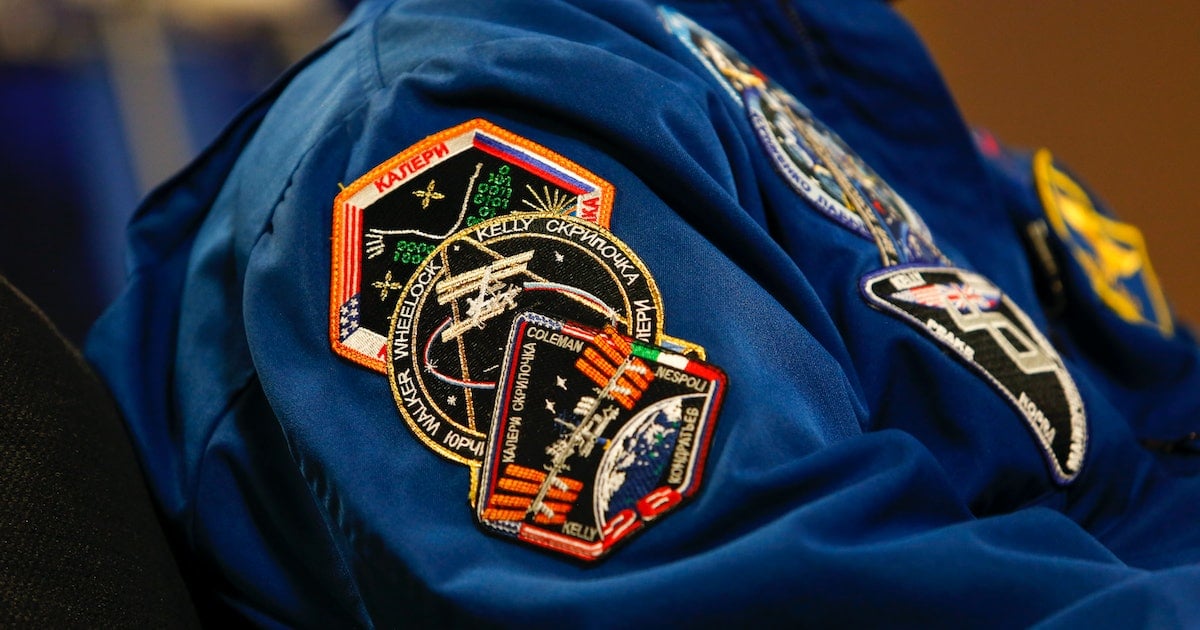
NASA has made many innovations since its beginning, from technological advances to helping foster a global understanding of space exploration and science. One of the most important innovations has been the development of the Space Shuttle program, which allowed for the launch of satellites and other spacecraft into space.
Other technological advances include the Apollo mission, which sent the first man to the moon; the Hubble Space Telescope, which has allowed us to explore the depths of space; and taking part in the construction and maintenance of the International Space Station, which has enabled us to conduct research for two decades learning how humans could adapt in space. NASA has also been instrumental in helping to develop new materials and methods for exploring space, including the development of the space suit and life support systems.
NASA uses patches to commemorate its astronauts of the past and present, represent the missions and accomplishments of a particular astronaut, and represent the organization and its ideals. Examples of NASA patches include the Apollo 11 patch, which is the patch worn by the Apollo 11 crew in 1969, and the Space Shuttle Challenger patch, worn by the crew of the Challenger mission in 1986. These patches also serve to honor the astronauts’ service, sacrifice, and dedication to space exploration and science.
NASA’s OSIRIS-REx mission is exploring a near-Earth asteroid named Bennu. The mission was launched in September of 2016 and is expected to return a sample of the asteroid to Earth in 2023. The primary goal of the mission is to study the asteroid in order to gather information about the history of the solar system and the formation of life. In addition, the mission will also study the asteroid’s physical structure, composition, and environment, providing valuable information on how asteroids may interact with Earth, and how to potentially mitigate any potential threats posed by them.
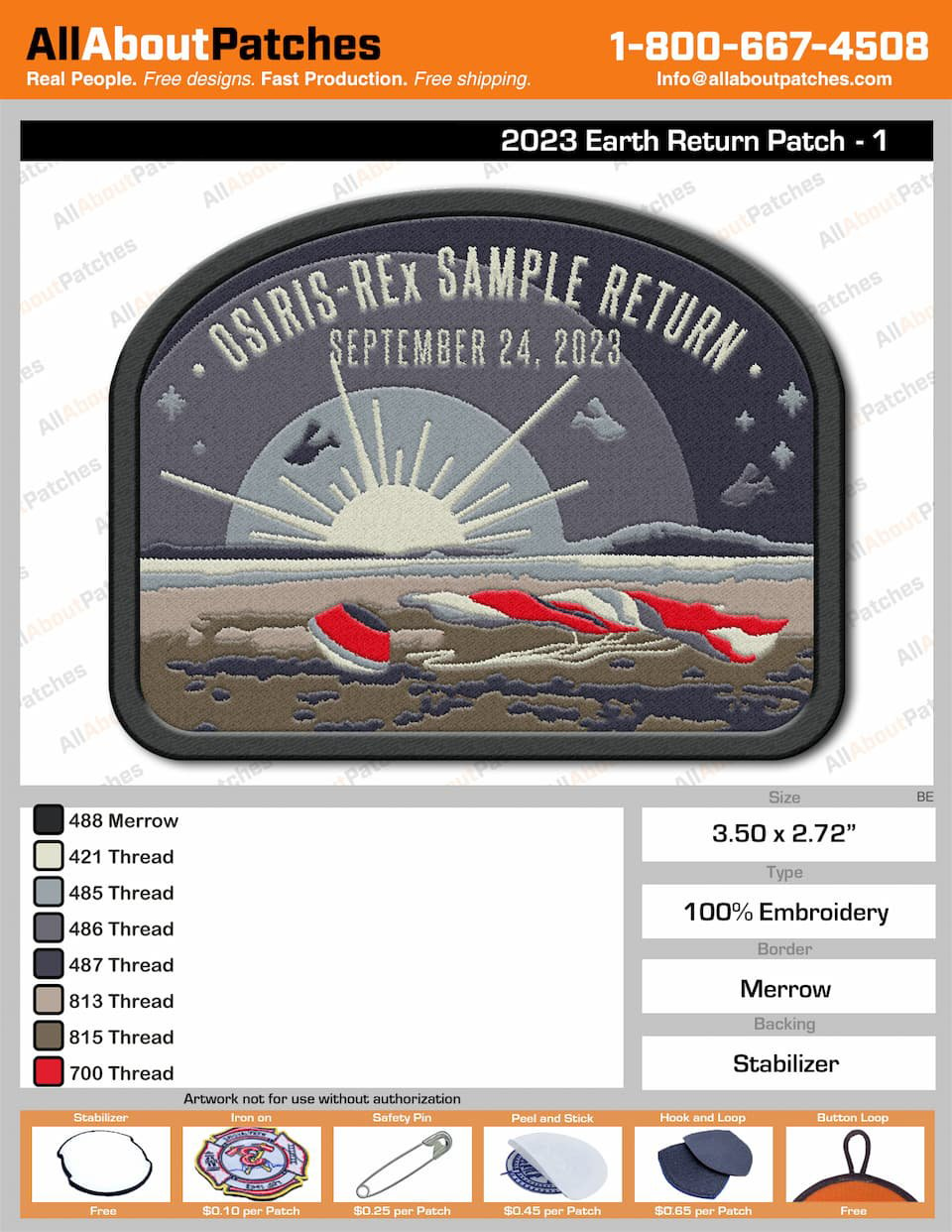
After launching in 2016 and arriving at Bennu in December of 2018, OSIRIS-REx would spend the next two years surveying the asteroid, looking for the safest space to land and grab the sample. In October of 2020, the sample would be collected on the 460 feet wide crater named “Nightingale”.
OSIRIS-REx would leave Bennu in September of 2021 and is expected to land in the Utah desert on September 24th of 2023.
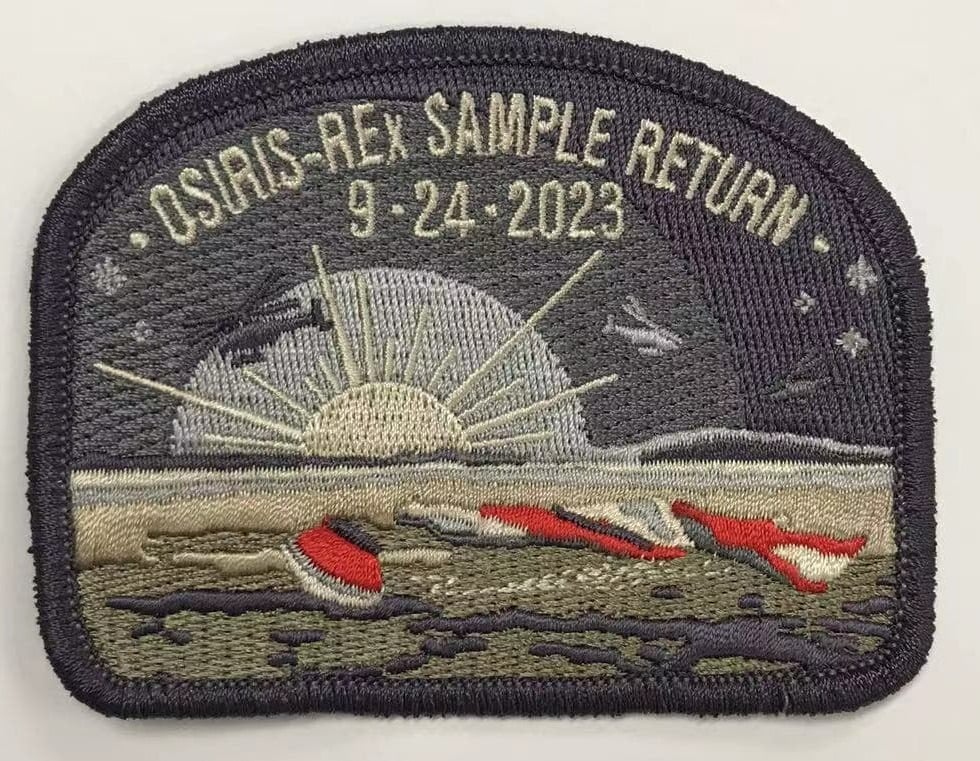
NASA’s mission is partnered with The University of Arizona and Lockheed Martin Denver, who play a huge part in keeping tabs on the spacecraft and the trajectory of its landing spot, as well as bringing it to NASA’s Johnson Space Center, where both parties will be given a sample of Bennu themselves.
A quarter of the sample will be given to the OSIRIS-REx team to research while the rest will be sealed away for future generations and technologies to observe.
The NASA OSIRIS-REx mission is the first mission to collect a sample from an asteroid and return it to Earth. Bennu, the asteroid that is being surveyed and sampled, is considered to be ancient with its rocks underneath the surface coming from the birth of the solar system.
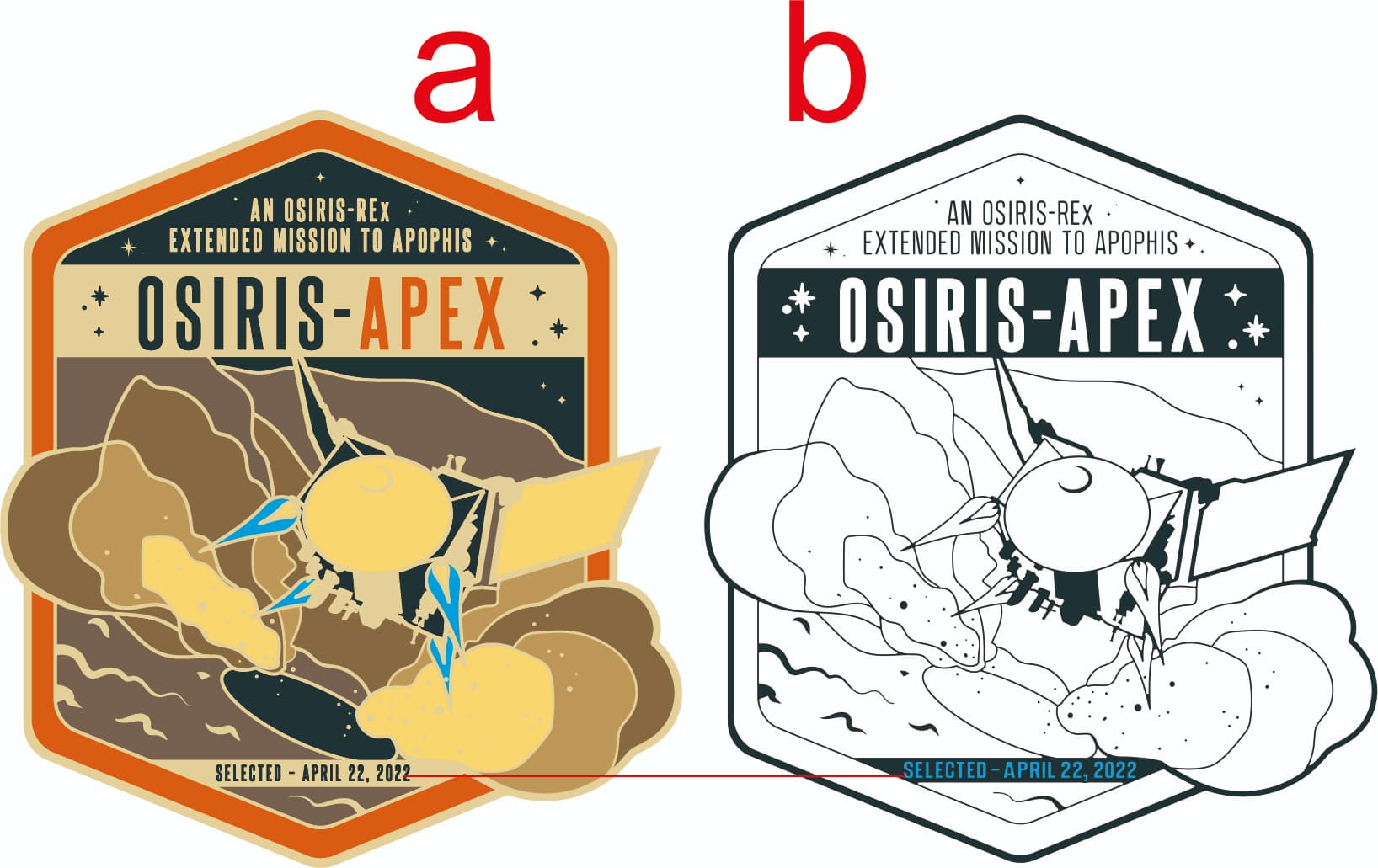
This mission has the potential to not only provide important information about the formation of the solar system, but also insight into the origin of life. OSIRIS-REx will provide valuable data on the structure and composition of asteroids, and how they may interact with Earth, as well as providing data on how to better protect the planet from potentially hazardous asteroids in the future.
NASA began using mission patches in 1965 to represent space exploration missions. Astronauts of the first Gemini mission, Gus Grissom and John Young, created their own mission patch, which was the first one to be officially used by NASA. Since then, nearly all NASA missions have had their own custom mission patch designed by crew members, which serves as a symbol of the mission. Mission patches feature symbols and images that are related to it, such as the spacecraft, planets, stars, and other elements. These patches are worn by astronauts during missions on their space suits to show pride. NASA mission patches are also available for purchase as souvenirs for fans of space exploration. Other companies have made their own (unofficial) spins on mission patches as space exploration patches are huge collectables.
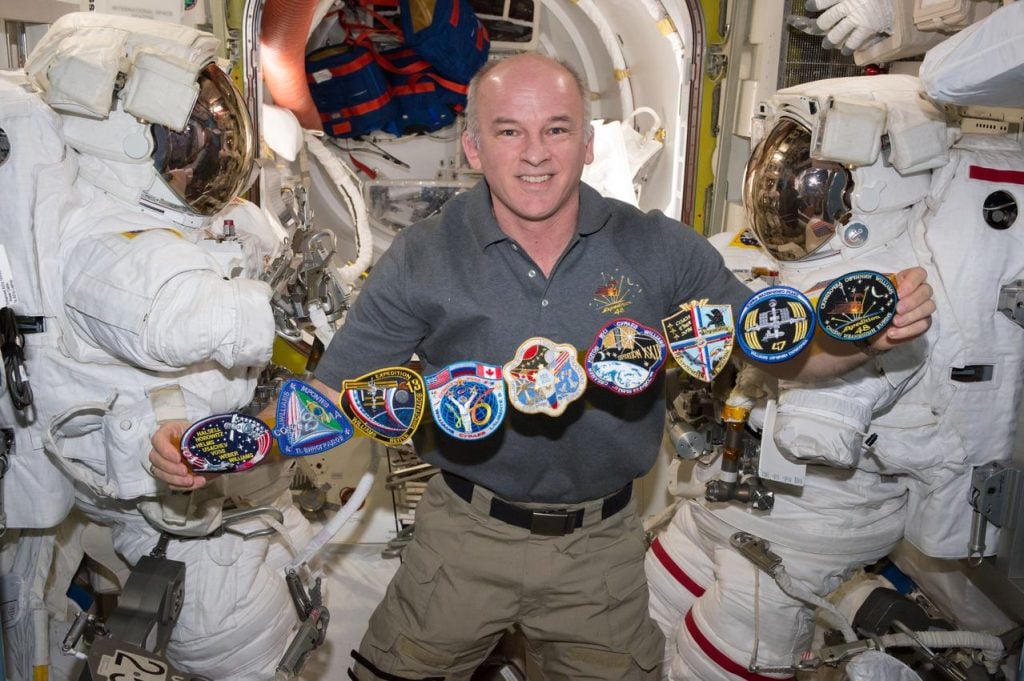
Through all About Patches, The University of Arizona made their own special custom woven patch to honor the OSIRIS-REx mission. The patch depicts the landing of OSIRIS in the Utah desert, with helicopters on its way to rescue and bring back to NASA. It’s a colorful and detailed patch, honoring the work the University of Arizona, Lockheed Martin Denver, and NASA has done to retrieve the sample from Bennu and the research that will be conducted for generations to come.
You don’t have to be an astronaut to get a customized patch.
Custom woven patches are an effective way to promote brands, commemorate missions and highlight personal or organizational achievements. They are a popular choice for commemorative badges, as they can be made in various shapes, sizes, and colors, and feature intricate designs and detailed embroidery.
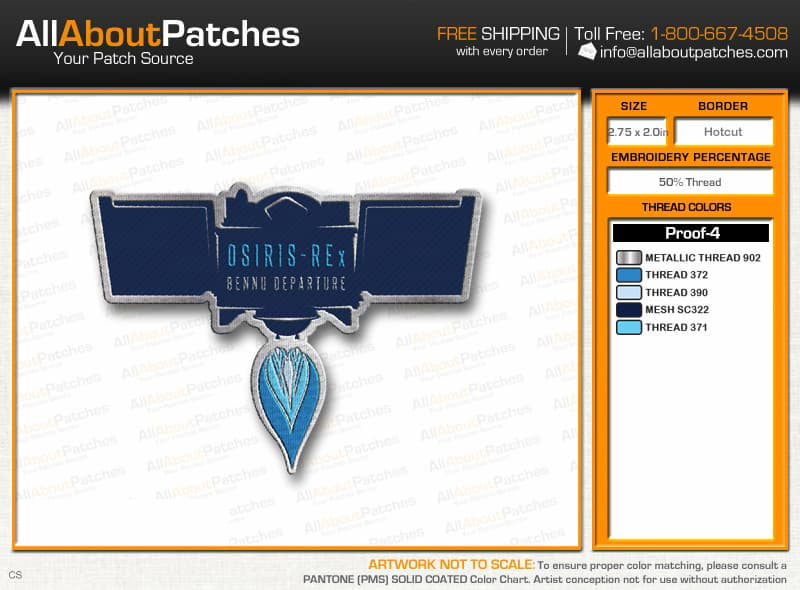
Woven patches are durable, long-lasting, and can be customized to fit any purpose. They are a great way to show pride and loyalty to an organization, and can be worn with pride to commemorate a special event or experience. Whether you’re commemorating a mission or highlighting a personal achievement, custom woven patches are a great way to make a statement.
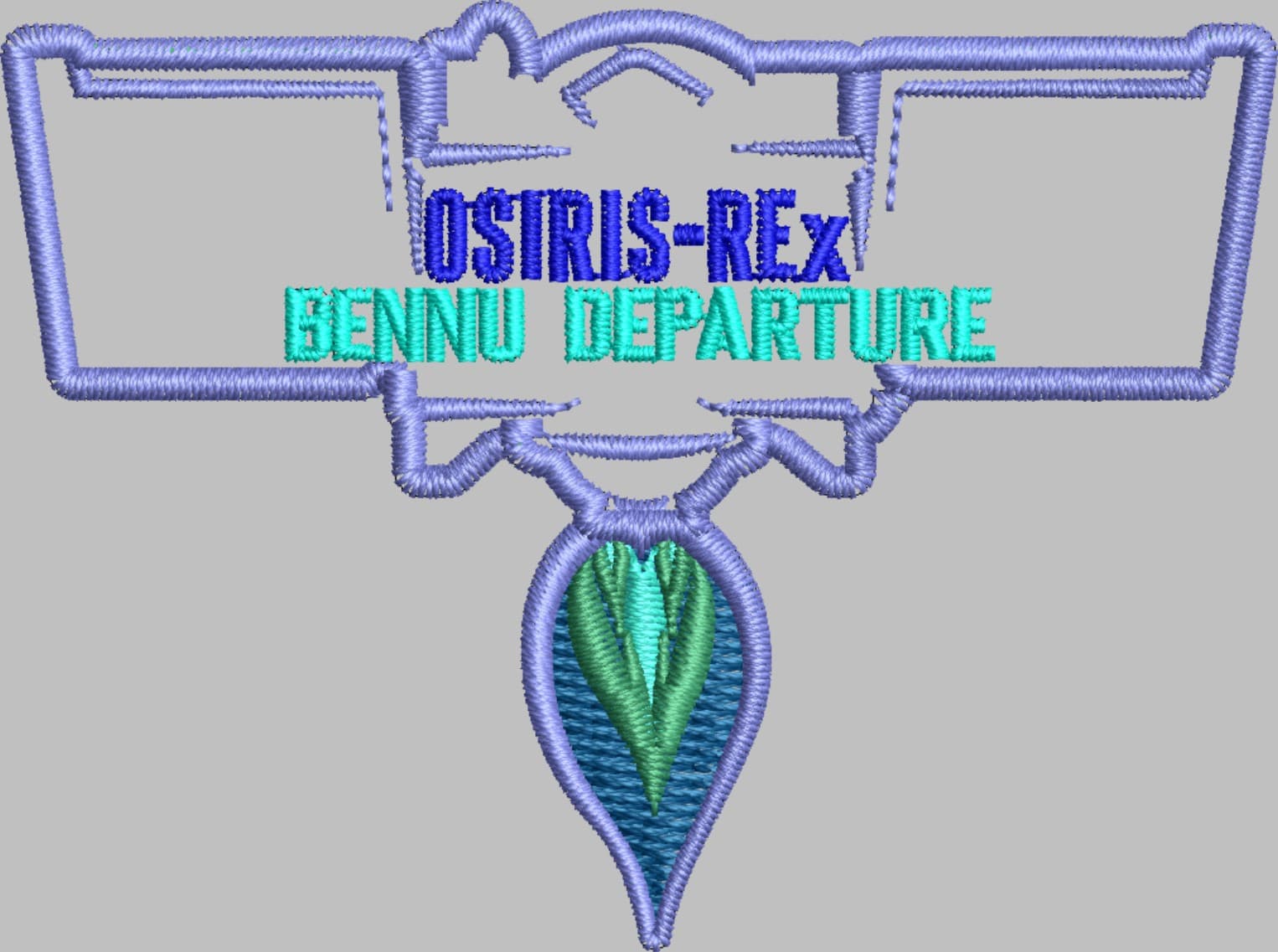
Custom woven patches are a vibrant and unique way to promote your brand or show pride in your organizations. Contact our team to start your custom woven patch design today.
Send us Your Design